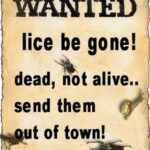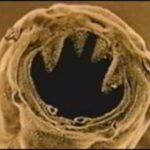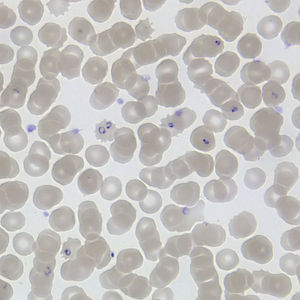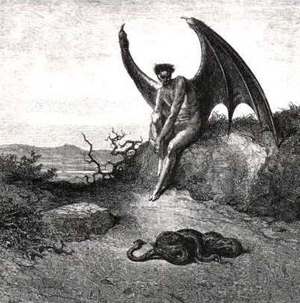Head lice, also called pediculus humanus capitis, are parasites that live on human heads and feed on human blood. Head lice are the most common of the three types of lice that affect humans. Approximately 6-12 million people in the U.S. get head lice every year. Of that number, the vast majority are children. In fact, of the communicable diseases that affect children of school age, head lice is second only to the common cold.
To coincide with back to school and raise awareness of head lice, September is National Head Lice Prevention Month. What can parents do to make sure their children remain lice free? Outsmart those pesky lice with these helpful hints.
How to Prevent Head Lice in Children: Risk Factors
Coming into close personal contact with another person with lice is the biggest risk factor for getting head lice. Children of school age, particularly in preschool through elementary school, are most at risk for getting head lice. Females get head lice more often than males, probably due to their long hair length. Cleanliness plays no role in becoming infested with head lice.
How to Prevent Head Lice in Children: Avoid Head-to-Head Contact
Lice cannot jump. They only crawl very slowly. The most common way head lice is transmitted from one person to another is by head-to-head contact. Teach kids to keep their heads away from one another. That means no hugging, whispering secrets or close conversations. If heads don’t touch, lice can’t be passed around.
How to Prevent Head Lice in Children: Don’t Share
Parents spend a lot of time teaching kids the importance of sharing. Where head lice are concerned however, kids would do well to forget this advice. Head lice can survive for a few days without feeding on blood. Head lice hitching a ride on the inside of a hat or the fur collar of a jacket are just fine to wait until a new host comes along. All clothing, hats, scarves, coats, combs, brushes, hair accessories and even earphones provide a potential hideout for head lice and shouldn’t be shared.
How to Prevent Head Lice in Children: Take Precautions at Sleepovers
Enforce strict rules at sleepovers. Make sure children bring their own pillow, bedding and sleeping bag. If your child has recently attended a sleepover, thoroughly launder all bedding in hot water upon their return home.
How to Prevent Head Lice in Children: Keep Clothing Separate
School coatrooms are common sources of head lice outbreaks in classrooms. So is the pile of jackets on a warm day on the school playground.
How to Prevent Head Lice in Children: Regular Housekeeping
Regular housekeeping, especially after a sleepover from your children’s friends, can also help prevent head lice. Make sure you launder all stuffed animals, towels, bedding and pillows after use by a visitor. You need to wash these items in hot water, at least 130 degrees, in order to kill the lice and their eggs. Regular vacuuming of carpet and upholstered furniture can also help prevent head lice in children.
How to Prevent Head Lice in Children: Symptoms of Lice Infestation
Regularly inspect your child’s hair, scalp and behind their ears for head lice on a regular basis. This is especially important if your child has a classmate or friend who has head lice. The earlier you catch head lice, the easier it is to treat. If your child is infested with head lice, they may exhibit some of the following symptoms. They may have intense itching caused by an allergic reaction to head lice saliva. Your child may have red bumps on their scalp, ears, shoulders and neck. As head lice infestation progresses, burning may occur. Scratching may result in scalp pain or bleeding. You may also see live head lice or eggs on your child’s head.
How to Prevent Head Lice in Children: Spotting Adult Lice
When examining your child for head lice, you are looking for two things- adult lice and eggs. Adult lice are tiny creatures, about the size of a strawberry seed. However, they can be as large as 1/8 inch. Look for adult lice along the back of the neck, at the temples and behind the ears. While finding live lice on your child is a sure sign that they are infested, don’t make the mistake of thinking that an absence of live lice means there is no infestation.
How to Prevent Head Lice in Children: Spotting Lice Eggs
Head lice lay their eggs on individual strands of hair close to the scalp. Lice eggs, as called nits, resemble small seeds stuck to the hair shaft and are not easy to remove. Removal requires a specialized nit removing comb. Nits are silvery in color until the louse hatches, upon which they appear clear in color.
Sources
Mayo Clinic: Head Lice
Web MD: Lice Prevention
Web MD: Lice






